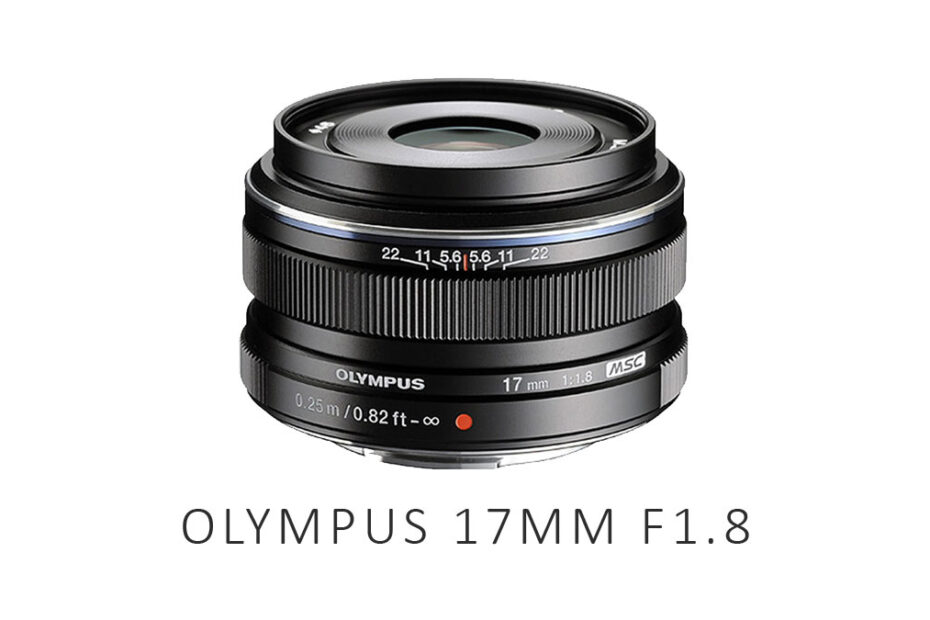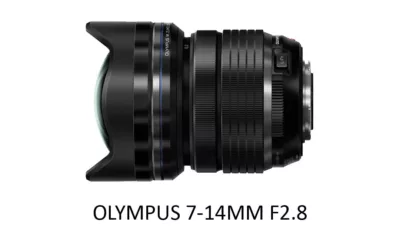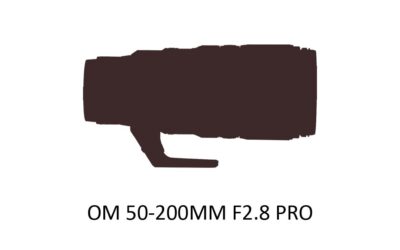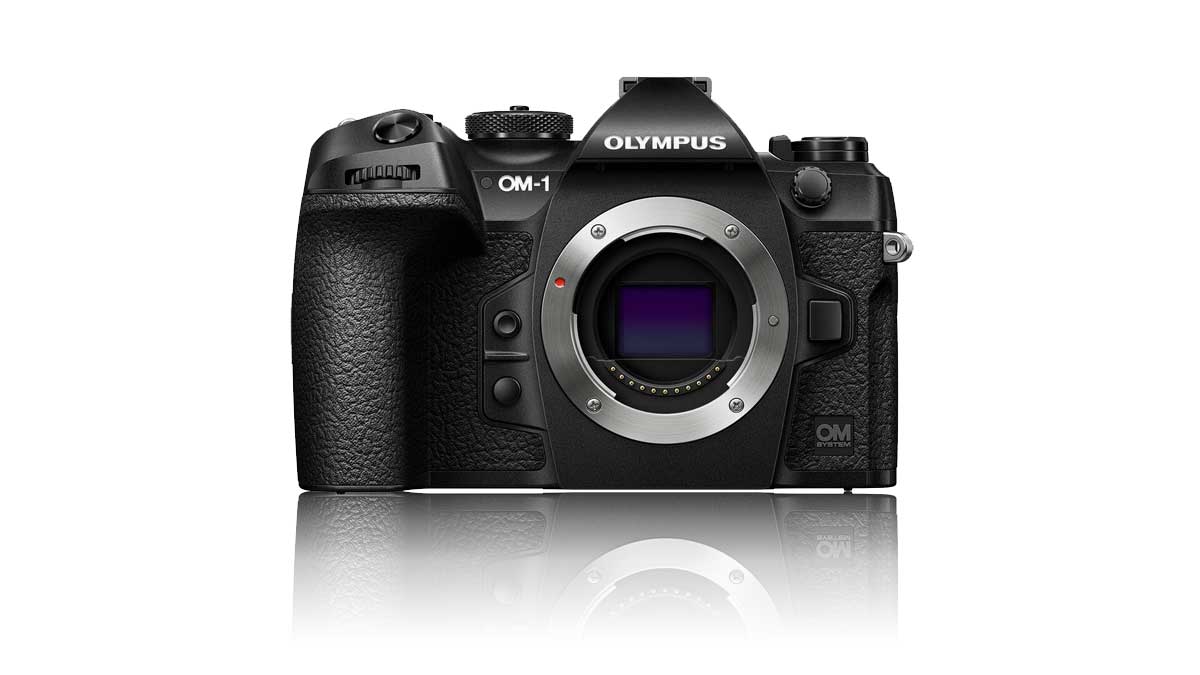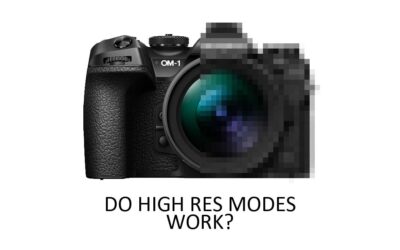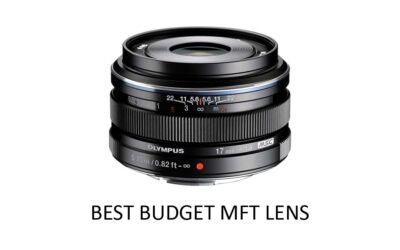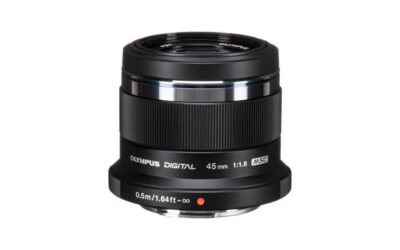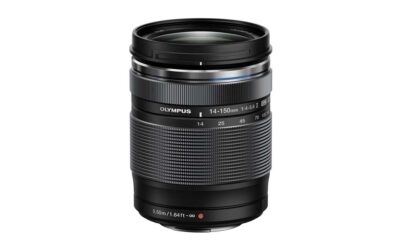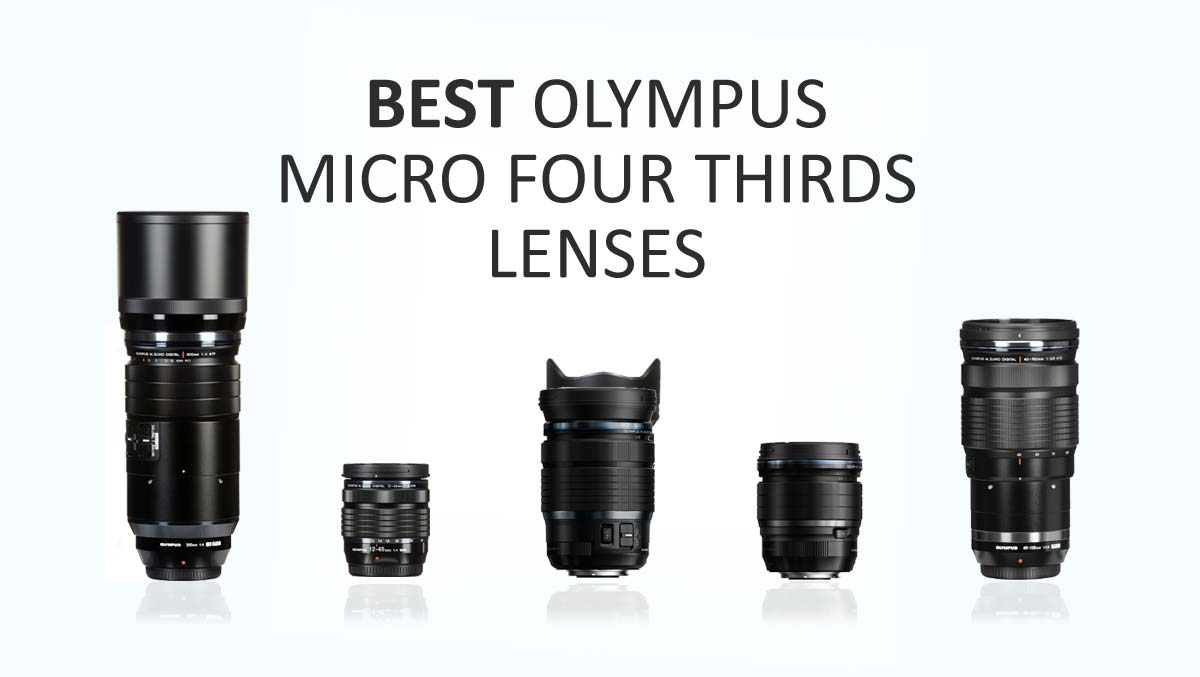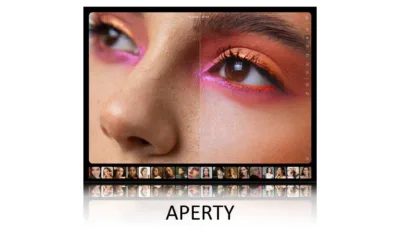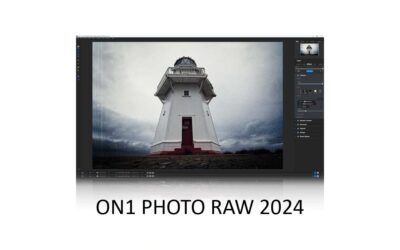In this Olympus 17mm F1.8 review, we’re looking at one of photography’s great bargains and one of the best budget MFT lenses.
Specifically, the Olympus M.ZUIKO F1.8 is relatively affordable, absolutely tiny, well-built, and optically excellent. Therefore, if you think this lens is for you, you’re probably right. Jump to Conclusion
Olympus 17mm F1.8 Review – Contents
- What is the Olympus 17mm F1.8
- Olympus 17mm F1.8 Specifications
- Olympus 17mm F1.8 Performance
- Olympus 17mm F1.8 Shooting Experience
- Olympus 17mm F1.8 Compared.
- Conclusion
What is the Olympus 17mm F1.8
Focal Length
The Olympus M.ZUIKO 17mm F1.8 is a small, fast-aperture, prime lens for Micro Four Thirds. And as a prime lens, the Olympus 17mm’s angle of view is locked in at approximately 65 degrees, similar to that of a 35mm lens on a full-frame camera.
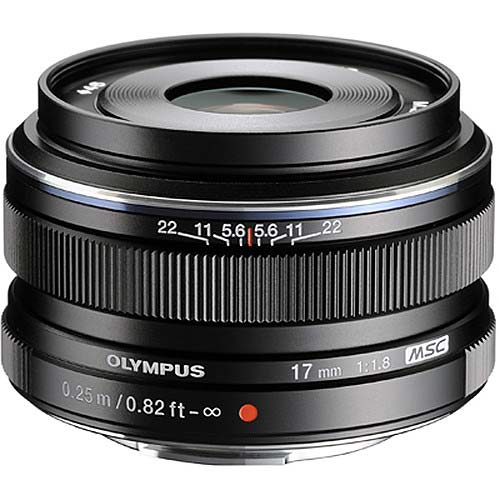
As a result, the Olympus 17mm F1.8 is a very suitable lens for everyday photography and a traditional favorite for journalistic and street photography. In other words, the Olympus 17mm is a good choice for capturing scenes, group photos, and environmental portraits. Read What is Focal Length in Photography.
Aperture
At the heart of the Olympus 17mm F1.8 is a large F1.8 aperture capable of capturing more than eight times as much light as your typical F5.6 kit lens. Thus, the Olympus 17mm is ideal for taking noise-free photos in dimly lit environments.
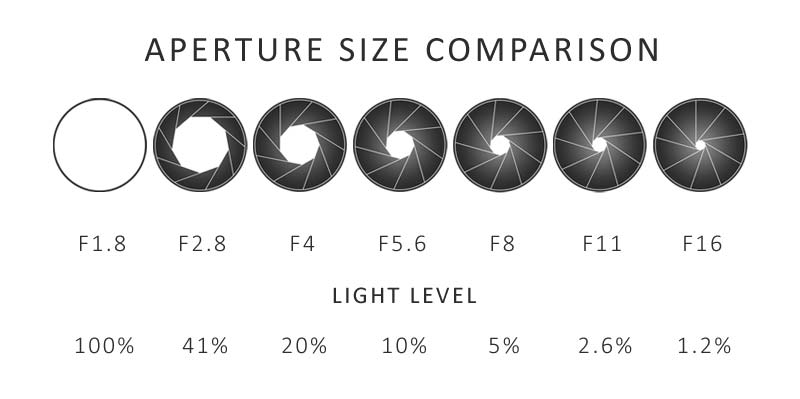
Another benefit of the larger F1.8 aperture is background blur. While the Olympus’s 17mm focal length is much too short to blur your subject’s background to oblivion, you’ll still be able to get some subject-background separation. Read What is Aperture in Photography.
Handling and Construction
The tiny Olympus 17mm F1.8 feels exceptionally solid and well-built with a mixed plastic and metal construction. However, unlike many other more expensive Olympus and OM System lenses, the Olympus 17mm F1.8 is not weather-proofed.
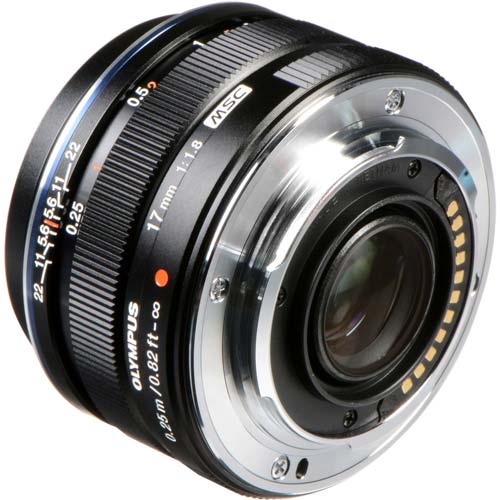
One thing I like about the Olympus 17mm is its manual focus clutch. By pulling the focus ring towards the camera, the lens will reveal a focus scale and switch to manual focus mode. This is the optimum AF-MF solution as it places focus control right under your finger and thumb instead of hunting for a switch or digging through your camera’s menus.
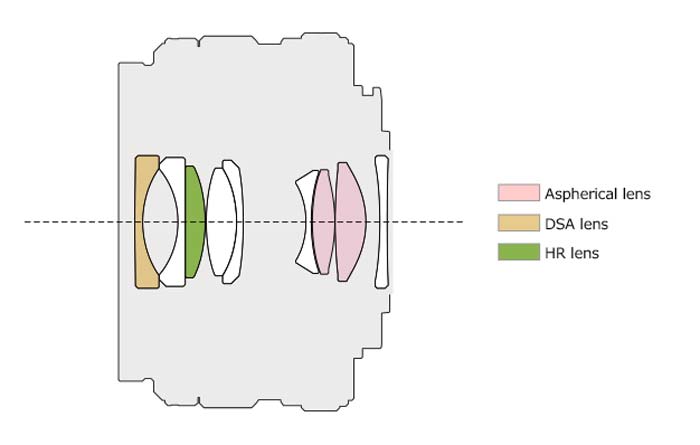
Unfortunately, the Olympus 17mm optics are fully-exposed at the end of the lens, yet Olympus was too stingy to include a lens hood in the box. While I have not found glare to be a problem, the same cannot be said about the price and inconvenience of buying a lens hood separately. Sort it out, OM Digital Solutions!
HIGHLIGHTED SOFTWARE DEAL – ARTICLE CONTINUES BELOW

TOPAZ PHOTO AI 2
NOW US$199. READ TOPAZ PHOTO AI REVIEW
Olympus 17mm F1.8 Specifications
| Olympus 17mm F1.8 | |
| Price (US$) | $499 |
| Focal length | 17mm |
| Angle of view | 65 Degrees |
| Maximum aperture | F1.8 |
| Minimum aperture | F22 |
| Diaphragm blades | 7 Rounded Blades |
| Lens construction | 9 Elements in 6 Groups |
| Optical Image Stabilization | No |
| Minimum focus distance | 25cm |
| Maximum reproduction ratio | 0.16x |
| Filter-attachment size | 46mm |
| Dimensions (approx) | 57.5mm x 35.5mm |
| Weight (approx) | 120g |
Olympus 17mm F1.8 Performance
Image Quality
As a fast prime lens, the Olympus 17mm F1.8 is as sharp as you’d expect, delivering performance well beyond the point of diminishing returns. The lens exhibits heavy vignetting and barrel distortion at its widest apertures, but both can easily be corrected in camera or post.
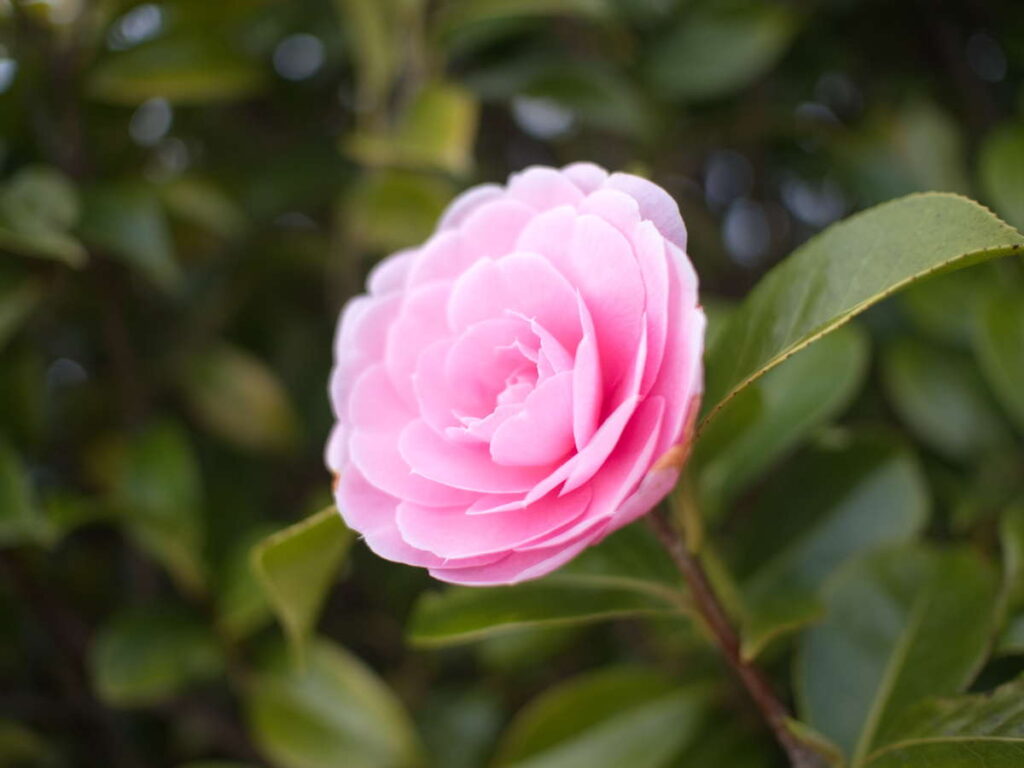
Furthermore, the Olympus 17mm F1.8 shines bright regarding subjective image quality. Although the Olympus 17mm is no bokeh machine, it does render blur very well. Plus, images pack plenty of contrast. Overall, the Olympus 17mm produces sharp, attractive images.
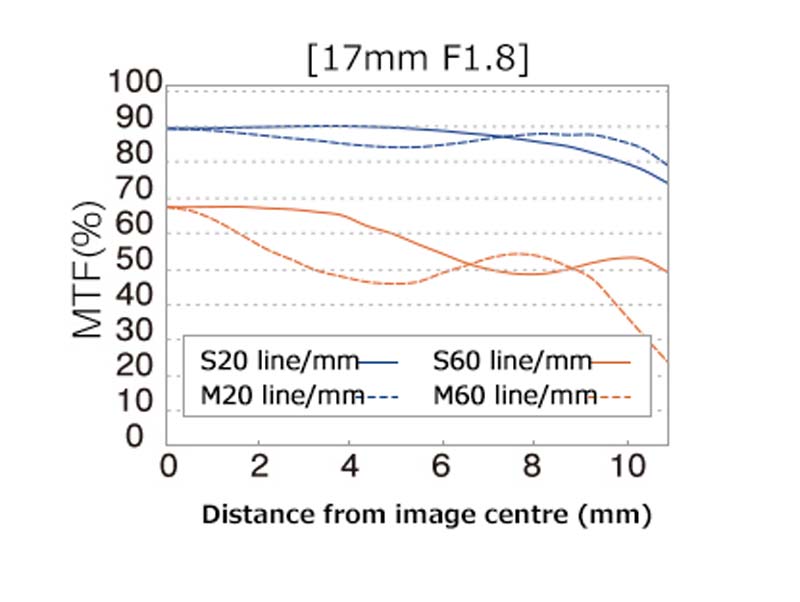
Autofocus
The Olympus 17mm F1.8 will focus from near (25 centimeters) to infinity in less than half a second. Unfortunately, I can’t be more precise, but in practical terms, the Olympus M.Zuiko 17mm F1.8 feels instantaneous, wiping the floor with many other lenses.
Maximum Magnification
The Olympus 17mm F1.8 has a maximum magnification of 0.16. In other words, the 17mm can project subjects onto your camera’s sensor at 16% of their original size.

This is not surprising for the lens of this class but remains a disappointment nonetheless since my ideal walkaround lenses enable me to take large photos of small things.
Olympus 17mm F1.8 Shooting Experience
I adore small, affordable prime lenses such as the Olympus 17mm F1.8, as they give so much for so little. Thanks to its discrete dimensions, the Olympus 17mm enables me to take pro-grade images without attracting attention, particularly when mounted to a smaller M43 camera, such as my Olympus OM-D M5II.
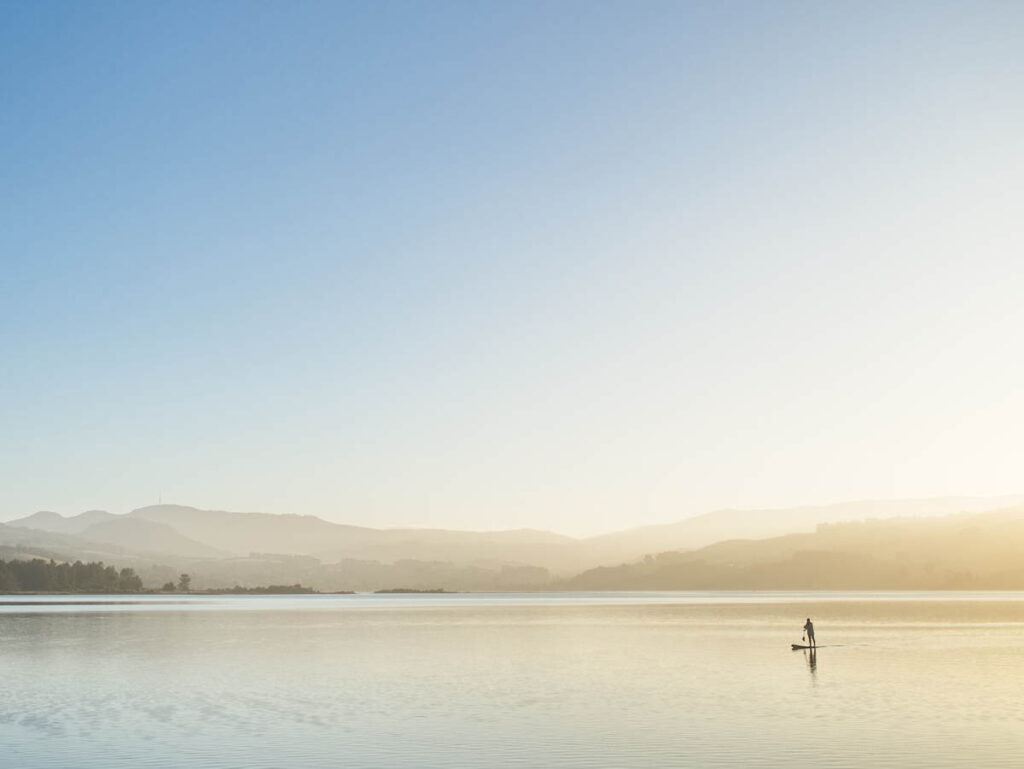
Furthermore, at 120 grams, the Olympus 17mm F1.8 weighs less than my haircut (probably?) and is small enough to fit into almost any pocket. As a result, the 17mm goes everywhere my camera does and serves as a great companion lens for my standard zooms.
When taking photos, the Olympus 17mm F1.8’s autofocus is insanely responsive. It feels instantaneous, and switching between auto and manual focus is immediate and satisfying, thanks to the 17mm’s focus clutch.
Of course, we can’t discuss shooting experience without mentioning the Olympus 17mm’s divisive 35mm equivalent focal length. You might love 35mm, but I’m firmly in the 50mm camp finding the 17mm’s 35mm equivalent focal length somewhere between too wide and not wide enough. Read 35mm vs 50mm lens.
Nevertheless, I’ve decided to face my prejudices head-on by making 2023 a 35mm year with the Olympus 17mm F1.8 playing the starring role.
So, if you love the classic 35mm focal length, you’ll love the tiny, affordable, and sharp Olympus 17mm F1.8 because, frankly, what’s not to like?
HIGHLIGHTED SOFTWARE DEAL – ARTICLE CONTINUES BELOW

TOPAZ PHOTO AI 2
NOW US$199. READ TOPAZ PHOTO AI REVIEW
Olympus 17mm F1.8 Compared.
Olympus 17mm F1.8 vs Olympus 20mm F1.4 Pro
By many measures, Olympus 20mm F1.4 Pro is better than Olympus 17mm F1.8. For instance, the Olympus 20mm F1.4 is 2/3rds of a stop brighter, has a weather-proof construction, and has better optics. And I prefer the 20mm focal length.
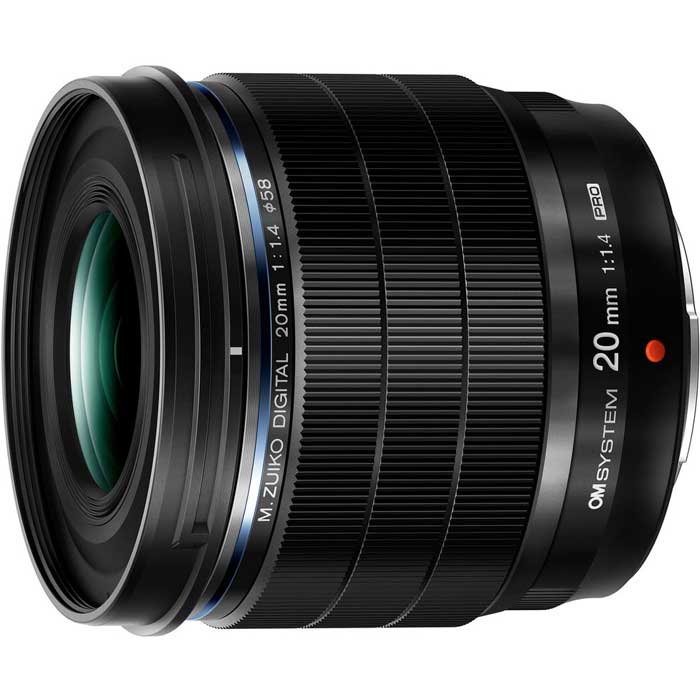
Then again, the Olympus 17mm F1.8 is half the price, much smaller, lighter, cheaper, and packs a manual focus clutch, whereas the 20mm F1.4 Pro, absurdly, lacks even an MF/AF switch.
Therefore, the otherwise excellent Olympus 20mm F1.4 is hardly a stone-cold upgrade over the Olympus 17mm F1.8, but depending on your needs, it may serve you better.
Olympus 17mm F1.8 vs Olympus 17mm F1.2 Pro
The Olympus 17mm F1.2 Pro is designed to loan Micro Four Thirds users some benefits of full-frame cameras. And so it does with its huge, bright background melting F1.2 aperture. But like its full-frame equivalents, there are some downsides. Namely, the Olympus 17mm F1.2 Pro is neither discrete nor cheap.
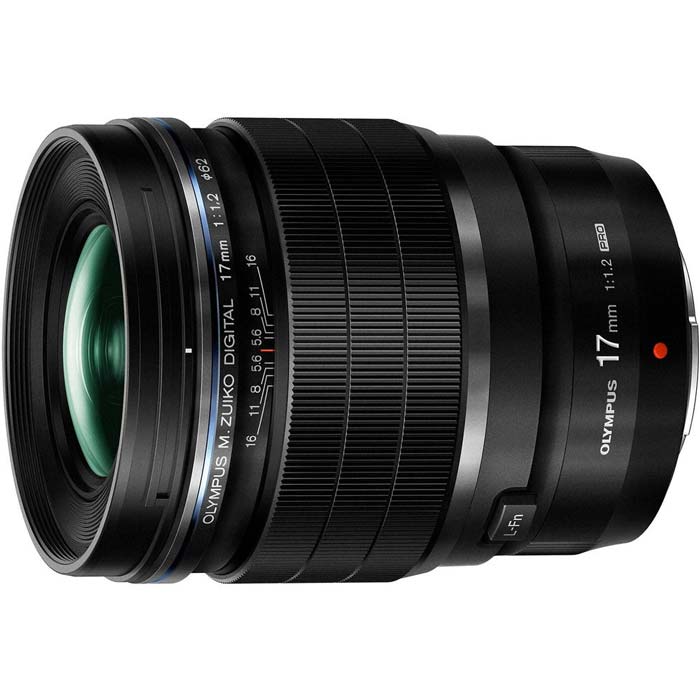
But it is weather-proofed, features the manual focus clutch missing on the 20mm F1.4 Pro, and has the best maximum magnification (x0.3) of the three. Nevertheless, I consider the Olympus 17mm F1.2 an entirely different proposition to the Olympus 17mm F1.8 and barely comparable despite a common focal length.
Get Discounts on Photo Editing Software
Subscribe to my weekly newsletter and be notified of deals and discounts on photography software from ON1, Adobe, Luminar, and more. Spam Promise: Just one email a week, and there’s an unsubscribe link on every email.
Conclusion
The Olympus 17mm F1.8 is affordable, discrete, and produces attractive-looking images. And thanks to its focus-clutch party trick, it even stands out from its more exotic alternatives.
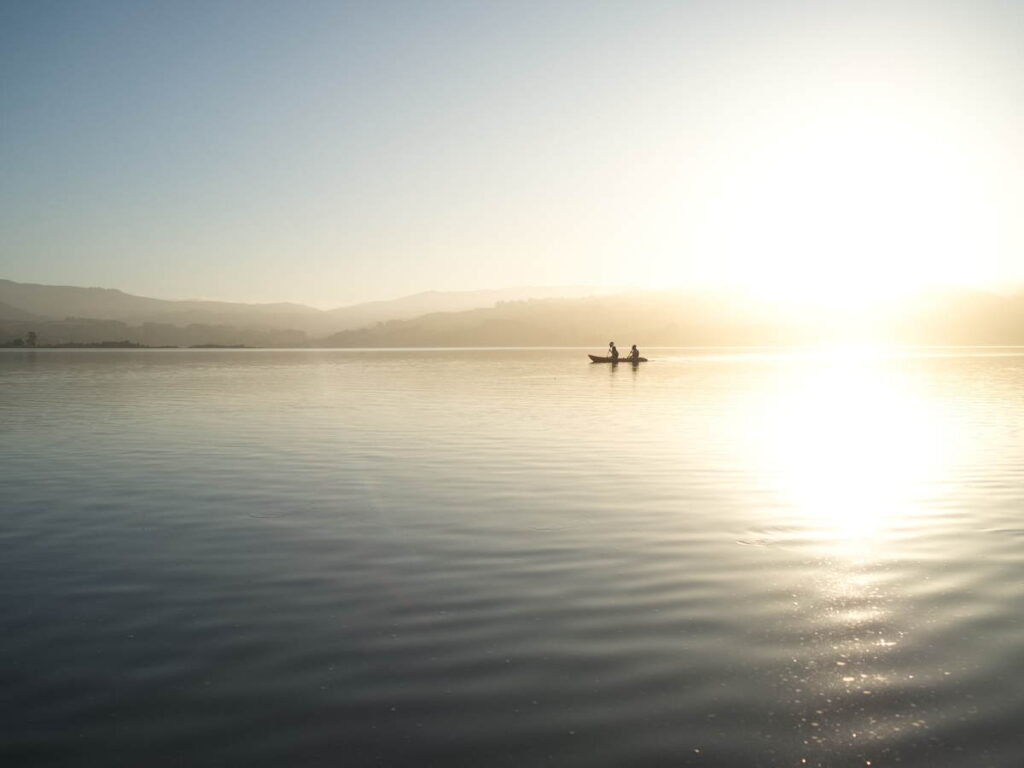
Regarding technical image quality, the Olympus 17mm F1.8 does ‘suffer’ from some barrel distortion and vignetting. But given such technicalities can be entirely resolved in-camera or with software, I’m not sure suffering is the right word.
But if you are chasing optical perfection, there’s always the Olympus 20mm F1.4 Pro and Olympus F1.2 Pro. However, by choosing either, you’d be losing a lot. For instance, the tiny Olympus 17mm F1.8 is a lens you’d be happy to carry anywhere, and it attracts no more attention than a smartphone camera. And outside of a 400% pixel-peeping session in Lightroom, I doubt you’ll want for nothing regarding image quality.
So, assuming you’re a fan of the classic ’35mm’ aesthetic, the Olympus 17mm F1.8 is an absolute bargain and a lens you’ll be happy to live with.
If you liked this post, sign up for my weekly newsletter and be notified of the latest deals and discounts on photography software and gear. Subscribe.
